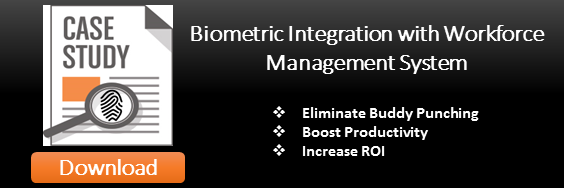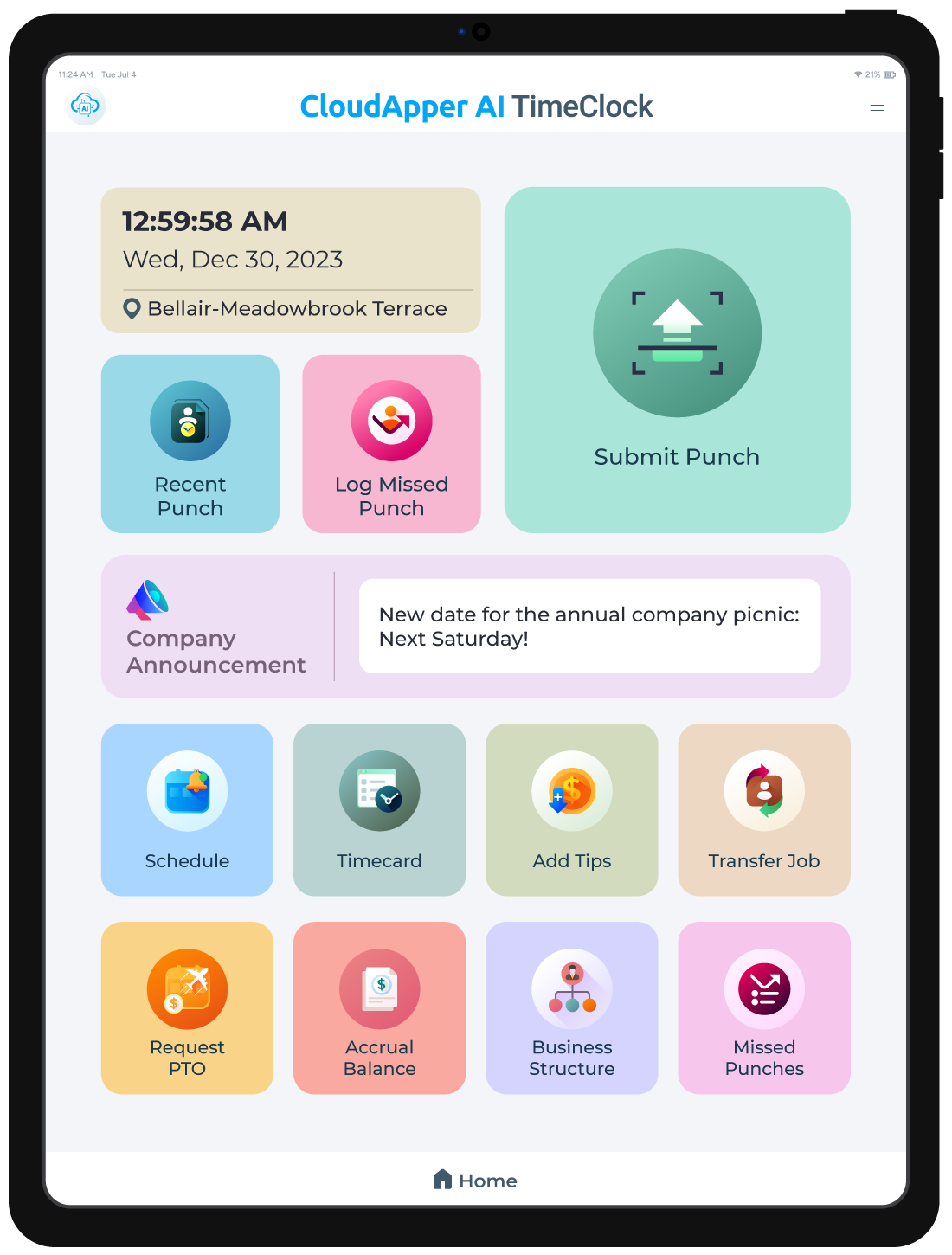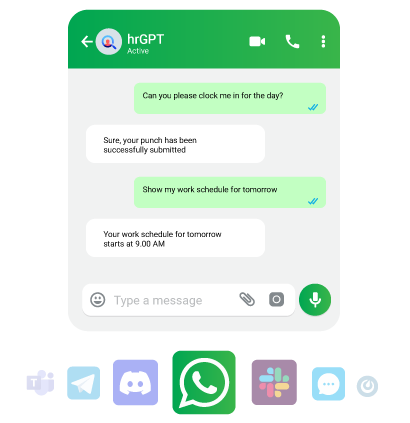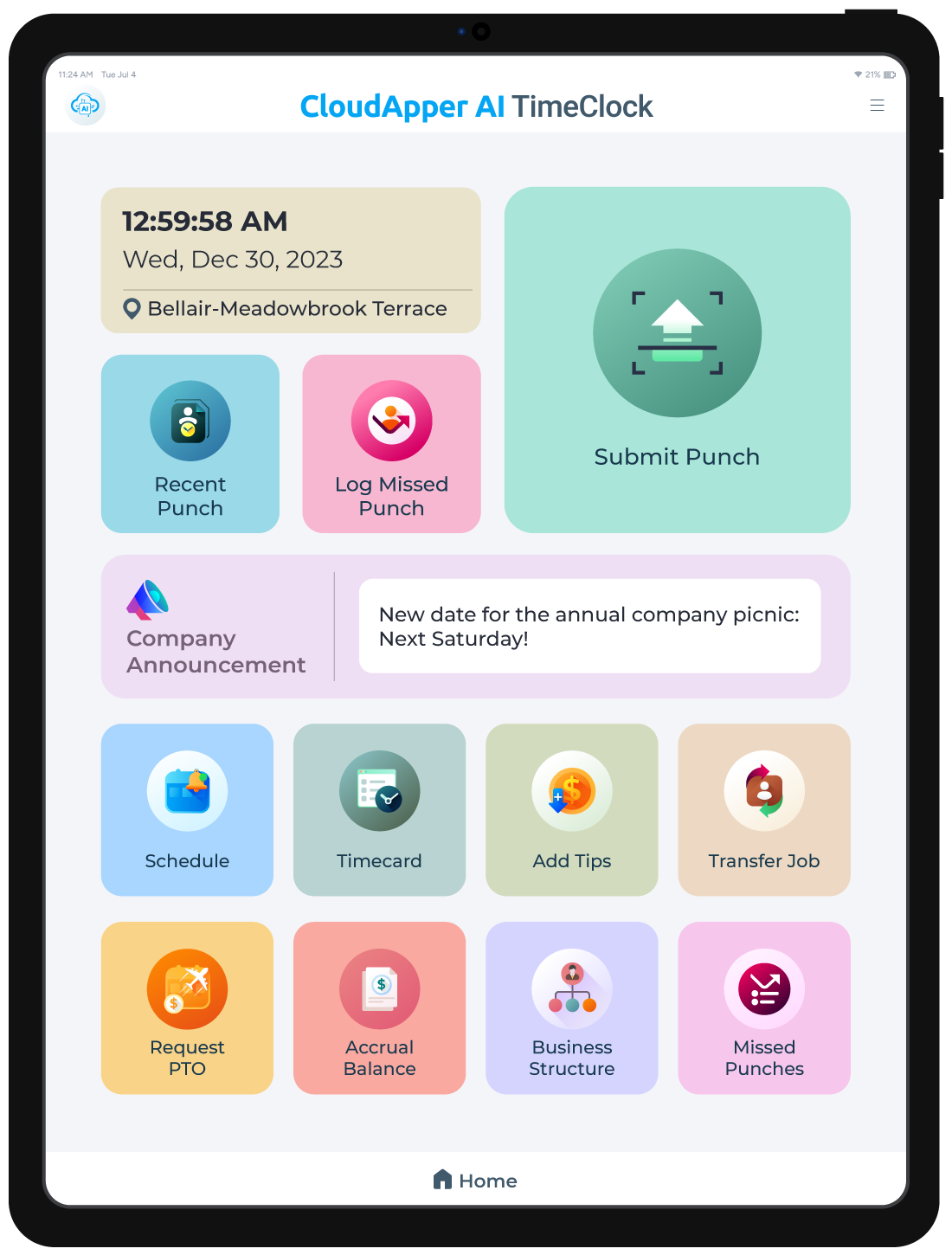Biometrics for Workforce Management: Skip the Expensive Maintenance Contracts

Biometric technology plays a vital role when it comes to workforce management by providing a foolproof mechanism to accurately track employee time and attendance and process payroll. Biometric time and attendance systems have become more of a necessity in environments such as manufacturing plants, transport and distribution, retail operations, corporate management, schools and universities, government offices – essentially, nearly all workforce environments.
A lot of organizations are implementing biometric workforce management systems to eliminate employee time theft. Biometric workforce management systems can be configured with a variety of hardware modalities including; fingerprint, finger vein, iris, facial, and voice recognition and are easily integrated into workforce management software. The use of biometrics for employee time and attendance has the potential to pay multiple dividends to employers including the elimination of altering manual time sheets that can lead to productivity losses.
A standard biometric time and attendance system can be easily integrated with workforce management software such as Kronos, ADP, Empower, or Qqest. When an employee punches in using a fingerprint, finger vein, facial recognition or iris recognition device, their time is automatically recorded into the workforce management system and can be used for payroll processing and evaluation purposes.
Besides choosing the most suitable biometric hardware modality for identification, (which can vary depending on the deployment environment and other factors) another important element that should be considered before implementing a biometric workforce management system are annual maintenance contracts. Biometric time and attendance systems come with maintenance contracts and these costs can vary depending on factors such as deployment environment, number of devices deployed, database size, and where the database is hosted (cloud). Choosing the right type of biometric time and attendance vendor can have a huge impact on how much you can expect to pay in what can be considered unnecessary expenses.
How to Avoid Expensive Maintenance Contracts
A standard biometric solution is usually robust, built to endure excessive usage over long periods of time and usually does not require regular maintenance. However, since biometric time and attendance solutions contain sophisticated technology, it is important to have a maintenance contract with the solution provider in order to retain access to a trained software support team. Here are three very useful methods you can use to avoid expensive maintenance contracts when implementing a biometric workforce management solution for your business:
#1 – Long Maintenance Contract Periods
When you enter into a maintenance contract for an extended period of time, biometric time and attendance providers usually lower the contract costs, which results in lower average annual costs. When implementing a biometric time and attendance workforce management system, try to get into a maintenance contract for at least two years. The more the better.
#2 – Remote Support & Maintenance
 A biometric workforce management solution consists of two basic parts; the back end software and the front end hardware which is the biometric identification capture device. A biometric identification device has a shelf life just like any other piece of electronic equipment but does not usually require any maintenance except for proper cleaning. However, back end software may require maintenance due to reasons such as operating system upgrades, or changes/upgrades in the main workforce management software. These issues can be easily handled remotely, so opting for remote support contracts can save the expense of physically bringing a vendor support team in to do tweak or further customize your system.
A biometric workforce management solution consists of two basic parts; the back end software and the front end hardware which is the biometric identification capture device. A biometric identification device has a shelf life just like any other piece of electronic equipment but does not usually require any maintenance except for proper cleaning. However, back end software may require maintenance due to reasons such as operating system upgrades, or changes/upgrades in the main workforce management software. These issues can be easily handled remotely, so opting for remote support contracts can save the expense of physically bringing a vendor support team in to do tweak or further customize your system.
#3 – Training
Training on maintenance of your biometric workforce management system can also help you avoid expensive contracts. Even though a biometric system for workforce management is very easy to integrate and maintain, in cases of large scale deployments on-site training may be required. A quality biometric solution provider has partner companies in most parts of the world who can provide onsite training if necessary, saving on expensive maintenance contracts.
Conclusion
If you follow the three points mentioned above, you can avoid expensive maintenance contracts for your biometric workforce management solution, save on your operational costs, and achieve a faster return on investment (ROI).











